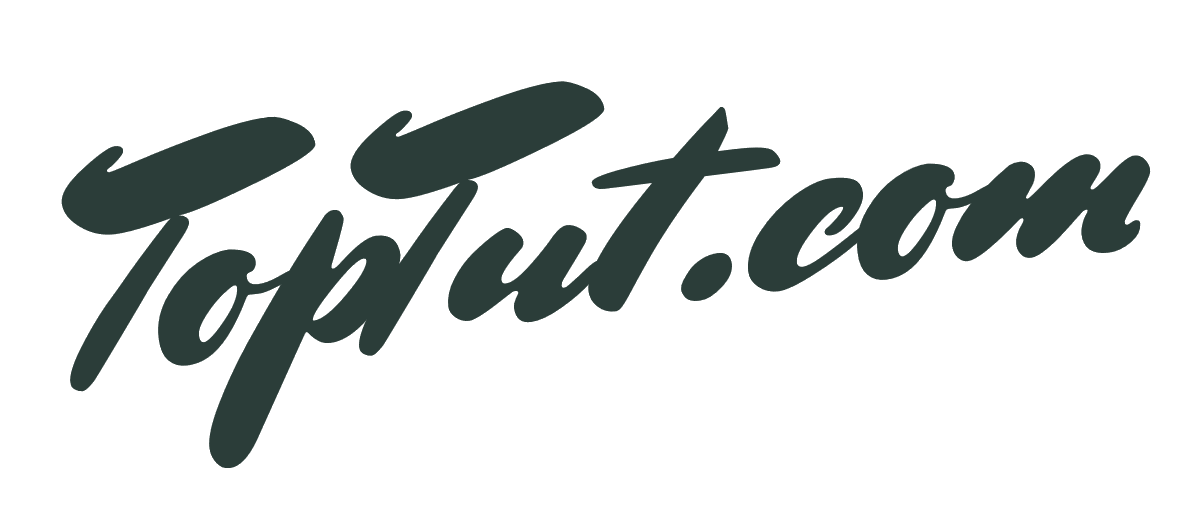Modern work is a team sport. Whether your team shares one office or twelve time zones, collaboration platforms—chat, video, shared docs, whiteboards, project hubs—act like the locker room, playbook, and scoreboard all at once. Here’s what they unlock when you use them well.
1. Faster decisions, fewer meetings
When conversations, files, and context live in one place, teams move from “let’s schedule a call” to “it’s already answered in the thread.” Persistent chat channels, @mentions, and lightweight polls compress decision cycles from days to hours. You’ll still meet when it matters—kickoffs, retros, creative jams—but the routine approvals and status checks happen asynchronously, without calendar gridlock.
2. Real-time visibility into work
Project boards, kanban views, and shared roadmaps give everyone the same snapshot: what’s planned, what’s in progress, what’s blocked. Managers stop chasing updates; contributors stop writing bespoke reports. With clear ownership, due dates, and dependencies visible to all, teams can spot risks early and reallocate before deadlines slip.
3. Fewer silos, more knowledge sharing
Email buries answers in private inboxes. Collaboration hubs turn solutions into searchable assets. Threads, wikis, and shared docs preserve context—why a decision was made, which options were rejected, how to repeat a win. New hires ramp faster, distributed teams align faster, and you avoid “reinventing the wheel” because last quarter’s learning is one search away.
4. Smoother cross-functional execution
Most meaningful projects touch multiple disciplines—product, design, engineering, marketing, finance. Collaboration tools create a common surface where briefs, specs, mockups, budgets, and feedback live together. Version control and comment histories mean finance sees the latest numbers, engineering sees the final designs, and marketing sees the approved copy—no more “wrong attachment” disasters.
5. Higher focus and fewer interruptions
It sounds counterintuitive, but good collaboration tooling reduces noise. Threaded conversations keep topics separated. Do-not-disturb windows and notification rules protect deep work. Shared task lists clarify priorities so people aren’t multitasking across conflicting asks. Teams replace ad-hoc pings with structured updates that you can consume when you have focus time.
6. Inclusive, hybrid-friendly culture
Collaboration platforms make location less relevant. Async video updates, recorded meetings with transcripts, and collaborative docs ensure teammates who can’t attend live aren’t left behind. Features like hand-raise, reactions, and chat during calls bring quieter voices in. That inclusivity improves morale and surfaces ideas you would have missed in a room dominated by the loudest talkers.
7. Faster feedback loops and iteration
Live co-editing, in-doc comments, and visual whiteboards collapse the distance between draft and done. Designers annotate directly on mockups; writers accept tracked changes in seconds; engineers review PRs with inline context. Rapid micro-cycles—draft → feedback → adjust—raise quality without extending timelines.
8. Stronger security and compliance than ad-hoc tools
The right platforms centralize access control, audit logs, data residency, and retention policies. Instead of files scattered across personal drives and consumer apps, your content lives behind SSO, MFA, and role-based permissions. Admins can offboard users in one click and meet industry obligations (think SOC 2, ISO 27001, HIPAA) with built-in governance—not cobbled together after the fact.
9. Lower operational costs and vendor sprawl
Consolidating chat, meetings, documents, task tracking, and whiteboarding into an integrated stack trims subscription spend and IT overhead. Automations handle rote work—routing requests, filing tickets, updating CRM records after a deal closes, posting build statuses—so teams reclaim hours otherwise lost to swivel-chair tasks.
10. Better customer outcomes
Collaboration isn’t only internal. Shared channels with clients and partners tighten feedback, speed approvals, and resolve issues faster. Support teams loop in engineering in one thread; account managers collaborate with legal on contracts without email chains; product teams invite power users into beta workspaces. The result: quicker time to value, fewer surprises, and stronger relationships.
Making the most of your collaboration stack
Treat tools as habits, not just apps. Agree on channel naming conventions, what belongs in a doc versus a task versus a thread, how to tag owners, and when to use synchronous meetings. Set norms for response expectations so async doesn’t become “always on.” Use templates—project briefs, decision records, sprint updates—so information looks familiar no matter who writes it. Audit your workspace quarterly: archive stale channels, merge duplicates, prune noisy bots, and upgrade the automations that save the most time.
When you align clear ways of working with the right platforms, collaboration tools stop being another tab—and become the operating system for your team.



Great article. I also noticed that with a good online collaboration tool, there is no longer a need for arranging a meeting or phone call in order to review documents. Docs can be pushed up into the collaboration tool, and reviewers can be notified right away via email that documents have been uploaded. Please feel free to check out also http://www.abestfashion.com and mehndi design images
[…] Multi-level IVR, call routing and queuing, real-time analytics, team collaboration tools […]
[…] includes an employee directory. Its features include customizable profiles, time tracking, and team collaboration tools. Prices start at $12 per month per […]
[…] Keyword research, optimization, collaboration tools […]
[…] Let’s face it – security is a top priority when it comes to file storage. With these Dropbox alternatives, you can rest assured that your data will be safe and secure with their secure data storage platforms and reliable file collaboration tools. […]
[…] features and functionalities to Jira. Think agile software development, task management, and team collaboration tools. These alternatives are designed to help streamline your project tracking and improve your overall […]
[…] platform offers a range of communication and collaboration tools for remote teams, making it ideal for global networking and expanding your […]
[…] organized and stay on top of your projects. From customizable dashboards and timelines to real-time collaboration tools, Monday.com has everything you need to manage your team’s […]
[…] range of features for teams working on documents together. The customizable templates, extensive collaboration tools, and compatibility with popular file formats make Coda an excellent alternative to Google […]
[…] you might want to consider exploring alternatives to Slack. For one, there are a plethora of team collaboration tools available now, each with their own unique features and capabilities. It is worth considering […]
[…] for both personal and professional use, Slack is your go-to choice. Its comprehensive messaging and collaboration tools make it perfect for teams and […]
[…] why settle for Google Meet when you can have Zoom – the king of video collaboration tools? Give it a try and see why it’s become a favorite among remote […]
[…] solution, Notion is the way to go. With its customizable workspace, note-taking features, and collaboration tools, Notion will become your go-to productivity app in no […]